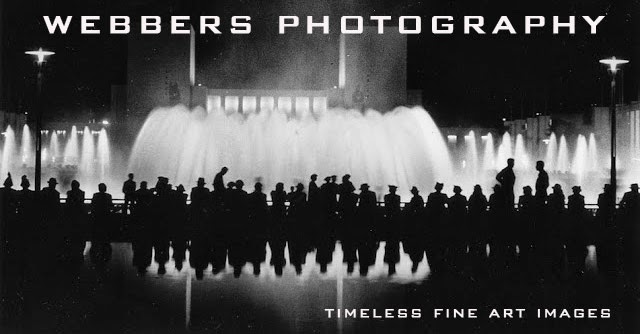The Beseler 23C Enlarger
Sorry for the above print size but blogger would not let me make it any larger. I tried to make it bigger but to no avail. Hopefully you'll be able to read it.
Perhaps one of the best known pieces of darkroom equipment is the Beseler 23C enlarger. Yes, there are others available but this particular model appears to be more of the well rounded units suitable for a number of negative sizes and types of projection.
THe 23C is heavy but also very steady and stable. There's no vibration which would yield poor negative printing. The elevation handle (10) is well geared so that once you crank it and then stop, it stops with no further travel. There's a measuring rule on the right side of the frame, where the handle is located, so that you can take note of the negative/cropping height for each print. Very convenient for me. The baseboard is large enough so that you can easily move an 11 x 14 easel into position as you seek the print crop you desire.
There are a number of negative sizes which the 23C can handle:
- 8 mm - 16mm and 110
- 35mm - 126
- 2 1/4 x 2 1/4
- 6 x 4.5
- 6 x 7
- 2 1/4 x 3 1/4
Another great feature of this enlarger is that you don't have to change the condenser with each change of negative size. There is a condenser stage guide (13) built into the unit and all you need do is turn the condenser stage adjustment knob (12) to the correct marking on the guide that reflects your appropriate negative size. Simply raise or lower the condenser stage so that it rests at the correct point. This point is the one that provides complete light coverage of the negative area, with the proper flatness of field and the avoidance of "hot spots".
The 23C has a bracket which will hold contrast filters that swings under the lense so that you can make variations to your final print. I use Ilford MultiGrade IV RC paper and always start with a Beseler #3 filter. Multigrade IV is a warm tone paper so the #3 filter helps me achieve stronger blacks. For me, it's a good place to start on my way to a completed print.
Printing with the 23C has always been a pleasure. With my darkroom timer, I have 3 easy settings. The first is focus which I use to crop my neg and then get it into focus with a grain focuser. Next is the safelight setting which allows me to take my paper from the light safe and put it into my easel. Lastly, the print setting turns on the enlarger bulb and turns off the safelight. Then it's time to put that paper in the developer and watch the "magic", something that still fascinates me after all these years.
My 23C was purchased back in the late 1970's from a retailer in NYC. The package included the enlarger, the frame, the baseboard, 3 lenses, 3 lens boards, 3 negative carriers, and a box of contrast filters. The reason I remember so well is that the "package" cost me $333.00. Forty years have gone by and so have these prices.
Obviously, I'm not qualified to comment on your darkroom budget but if you want quality equipment that will stand the test of time than the Beseler 23C deserves your consideration.




